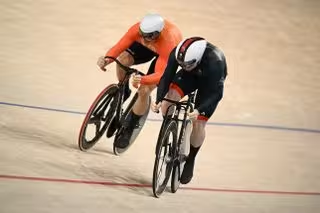For a lot of cyclists, cadence is an overlooked element of the performance equation. Cadence refers to the speed at which you turn the cranks over and is personal to your riding style and to some extent your physiology. Deliberately riding at specific cadence ranges could potentially open up some performance gains. Even though for the most part the science now seems to agree that your self-selected cadence is often the most efficient for you (within reason), spending some time working across a range of cadences could be what your training is missing.
Cadence is part of the equation for power. Essentially power boils down to the force you put through the pedals multiplied by the cadence you pedal at. This means that by altering your cadence you can directly influence your power output. For example, to ride at 200 watts, if you ride at a cadence of 110 revolutions per minute (RPM) you will need a comparatively lower force applied to the pedals than if you pedalled at 70 RPM. This results in less muscular fatigue as there is less fibre strain when pressing on the pedals. Instead, the main system that is predominantly stressed at higher cadences is your cardiovascular system with your heart, lungs and blood doing most of the heavy lifting.
The science behind why the same cadence is not always equal
Click Here to Read the Full Original Article at CyclingNews RSS Feed…

